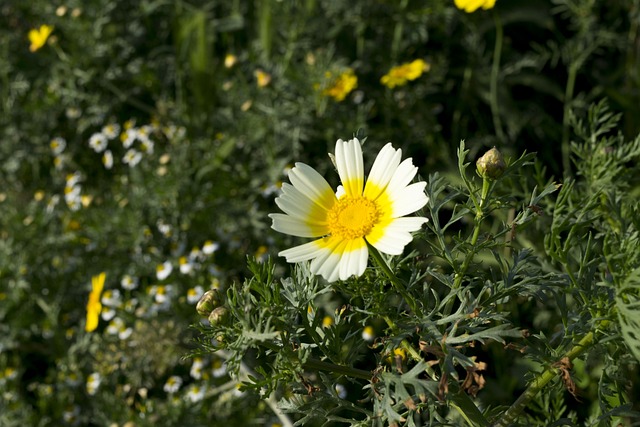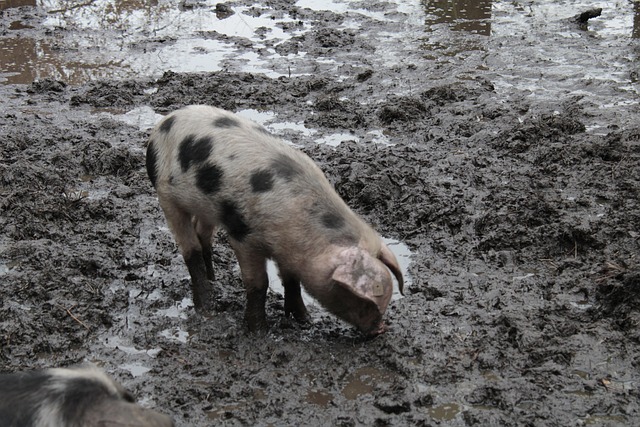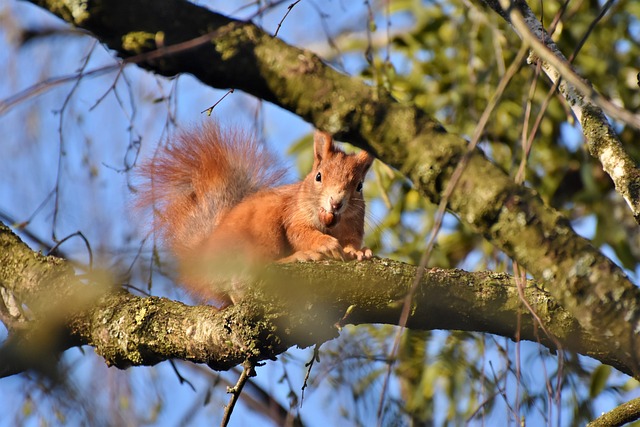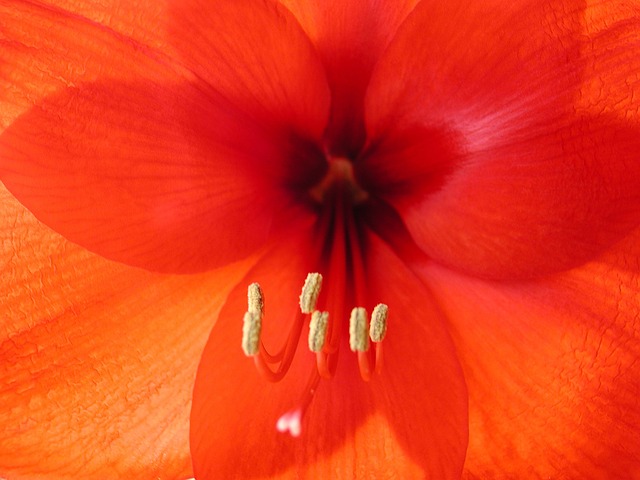peria bicho ⚾ Peria Bicho: A Gastronomic Treasure at Risk of Disappearing

Peria Bicho: A Gastronomic Treasure at Risk of Disappearing
In the heart of Brazilian cuisine lies a gem that has long been overshadowed by more mainstream culinary delights: the peria bicho. This remarkable ingredient, celebrated for its unique flavor and nutritional value, is finding itself at a crossroads, facing the threat of extinction amidst a rapidly evolving food landscape. The contrast between its rich heritage and the modern gastronomic trends raises pressing questions about cultural preservation and the future of our culinary identity.peria bicho

Peria bicho, a wild edible plant known scientifically as Piper aduncum , has been an integral part of traditional diets in various regions of Brazil. Renowned for its aromatic properties and distinct taste, this leaf has traditionally been used in a plethora of dishes, from stews to salads. Its versatility in the kitchen is matched only by its rich tapestry of historical significance. For generations, local communities have depended on peria bicho not only for sustenance but also as a symbol of their cultural identity.
Yet, as the culinary world embraces globalization, there is an unsettling trend towards the commodification of food, often prioritizing mass production and uniformity over the rich diversity of local ingredients. As the popularity of fast food and processed meals rises, the peria bicho is increasingly left behind. This shift is not merely a matter of changing tastes; it threatens to erode the very fabric of the culinary traditions that have sustained communities for centuries.peria bicho
The juxtaposition between the fading presence of peria bicho in contemporary cuisine and the vibrant history it represents is striking. Traditional recipes, passed down through generations, are at risk of being forgotten as younger generations gravitate towards convenience rather than authenticity. This transition is not just a loss of flavor; it is a loss of heritage, a disconnection from the land and the cultural practices that define a community.
In response to this crisis, passionate advocates for culinary heritage are rallying to preserve the knowledge and practices surrounding peria bicho. Community workshops, culinary festivals, and educational programs are increasingly focusing on the importance of local ingredients, encouraging chefs and home cooks alike to explore the flavors of their ancestry. These initiatives serve not only to celebrate peria bicho but also to instill a sense of pride in local food cultures, reminding us of the stories carried within each leaf.
The involvement of chefs in the revival of peria bicho is particularly noteworthy. Culinary innovators are recognizing the potential of this ingredient, experimenting with it in modern dishes while paying homage to its traditional roots. By integrating peria bicho into contemporary menus, these chefs are not only introducing it to new audiences but also fostering a renewed appreciation for Brazil's rich biodiversity. This culinary renaissance serves as a powerful reminder that innovation and tradition can coexist, each enriching the other.
However, the path to revitalization is fraught with challenges. The delicate balance between preserving traditional practices and adapting to contemporary tastes requires a collective effort from not only chefs but also consumers, policymakers, and agriculturalists. Sustainable farming practices must be implemented to ensure that peria bicho can thrive while also meeting the demands of a changing market. This cooperative approach is essential for safeguarding the future of this invaluable ingredient.peria bicho
The plight of peria bicho raises broader questions about the sustainability of our food systems and the role of cultural heritage in shaping our culinary identities. As we navigate an increasingly homogenized global food landscape, it is vital to recognize the significance of local ingredients and the stories they tell. The peria bicho is not simply a plant; it is a testament to resilience, tradition, and the profound connection between food and culture.peria bicho

In conclusion, the revival of peria bicho is more than just a culinary trend; it is a passionate plea for the preservation of our cultural heritage. As we savor the flavors of this remarkable ingredient, let us also commit to honoring the traditions that have nurtured our communities for generations. The future of peria bicho—and indeed, the future of our culinary landscape—depends on our willingness to embrace the richness of our past while forging a path towards a more sustainable and inclusive gastronomic future. Each dish that incorporates peria bicho is not merely a meal but a celebration of identity, a reminder that the taste of our history can still resonate in the kitchens of today.
Fale conosco. Envie dúvidas, críticas ou sugestões para a nossa equipe através dos contatos abaixo:
Telefone: 0086-10-8805-0795
Email: portuguese@9099.com


